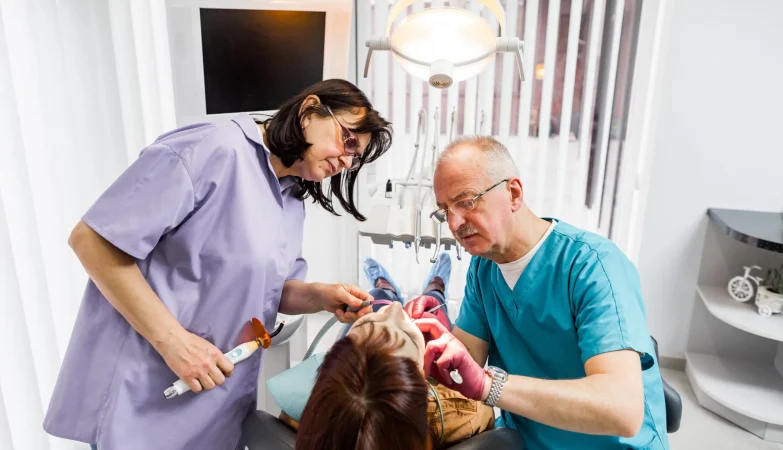Outpatient surgeries—also known as same-day surgeries—have become the norm for many procedures. From cataract removals to minor orthopedic fixes, patients are often in and out within hours. But here’s the catch: going home doesn’t mean the recovery process is over. In fact, poor post-op care can lead to complications, unnecessary pain, and—worst of all—readmission.
So, how do we fix this? Well, it starts with smarter recovery protocols. Let’s break it down.
Why Outpatient Recovery Matters More Than Ever
Hospitals are under pressure to reduce costs, and outpatient procedures help. But without proper follow-up, patients can slip through the cracks. Studies show that nearly 20% of outpatient surgery patients experience complications—many of which could be avoided with better post-op guidance.
Think of recovery like baking a cake. You wouldn’t pull it out of the oven halfway and call it done. Same logic applies here.
Key Recovery Protocols to Minimize Readmissions
1. Pre-Op Education: Setting Expectations Early
Patients often underestimate what recovery entails. A quick chat before surgery isn’t enough. Instead:
- Use visual aids—videos, diagrams, even apps—to explain wound care, medication schedules, and red flags.
- Involve family members—they’re the ones who’ll notice if something’s off.
- Repeat key points—people forget under stress.
2. Pain Management Done Right
Overprescribing opioids is a problem. Underprescribing? Just as bad. The sweet spot:
- Multi-modal approaches—combining NSAIDs, ice therapy, and light movement.
- Clear tapering instructions—so patients don’t quit cold turkey or overuse.
- Non-drug options—like elevation, compression, or even mindfulness techniques.
3. The 24-Hour Check-In Rule
Most complications appear within the first day. A simple phone call can catch issues early. Ask:
- Is pain under control?
- Any unusual swelling or bleeding?
- Are you able to eat/drink normally?
4. Mobility & Activity Guidelines
Too much rest slows healing. Too much activity risks injury. The fix? Personalized plans. For example:
| Day 1-2 | Short walks, no lifting |
| Day 3-5 | Light stretching, gradual movement |
| Day 6+ | Follow-up assessment for next steps |
How Technology is Changing the Game
Telehealth isn’t just for consultations. Post-op apps now remind patients to take meds, track symptoms, and even send alerts to providers if something’s wrong. One hospital saw a 30% drop in readmissions just by adding a recovery app to their protocol.
Wearables help too. A smartwatch can monitor heart rate, sleep patterns, and activity levels—flagging potential problems before they escalate.
Common Pitfalls (And How to Avoid Them)
Even with the best plans, mistakes happen. Here’s what to watch for:
- Assuming patients understand—jargon like “NPO after midnight” isn’t common knowledge.
- Ignoring social factors—a patient without a ride might skip follow-ups.
- One-size-fits-all plans—a 25-year-old and a 70-year-old heal differently.
The Bottom Line
Outpatient surgery isn’t just about the procedure—it’s about the entire recovery journey. By refining protocols, leveraging tech, and—honestly—just listening to patients, we can slash readmission rates and keep recoveries smooth.
Because at the end of the day, success isn’t measured by how fast patients leave the clinic. It’s measured by how well they heal at home.








